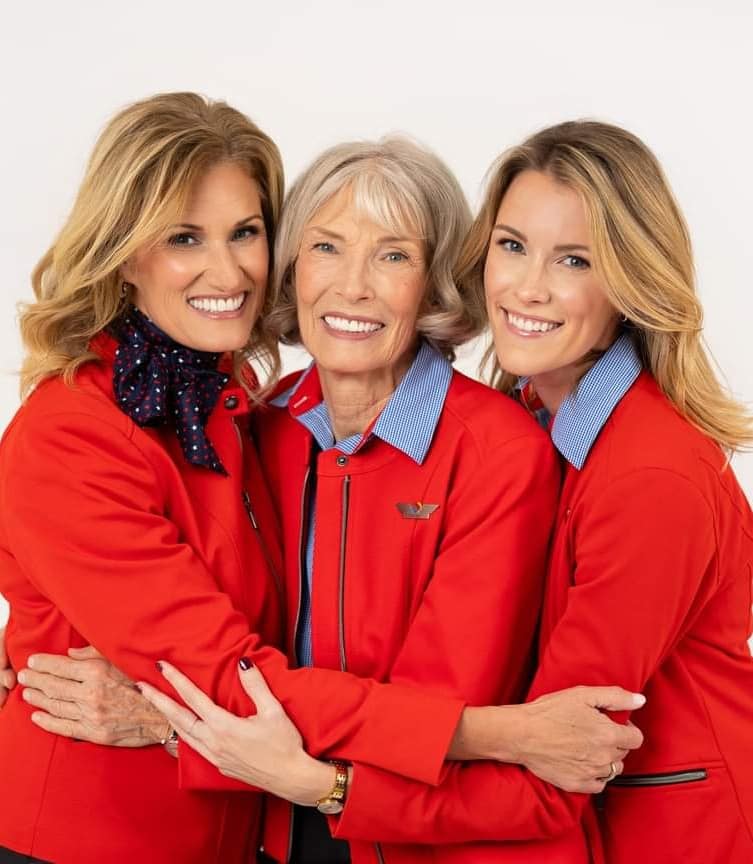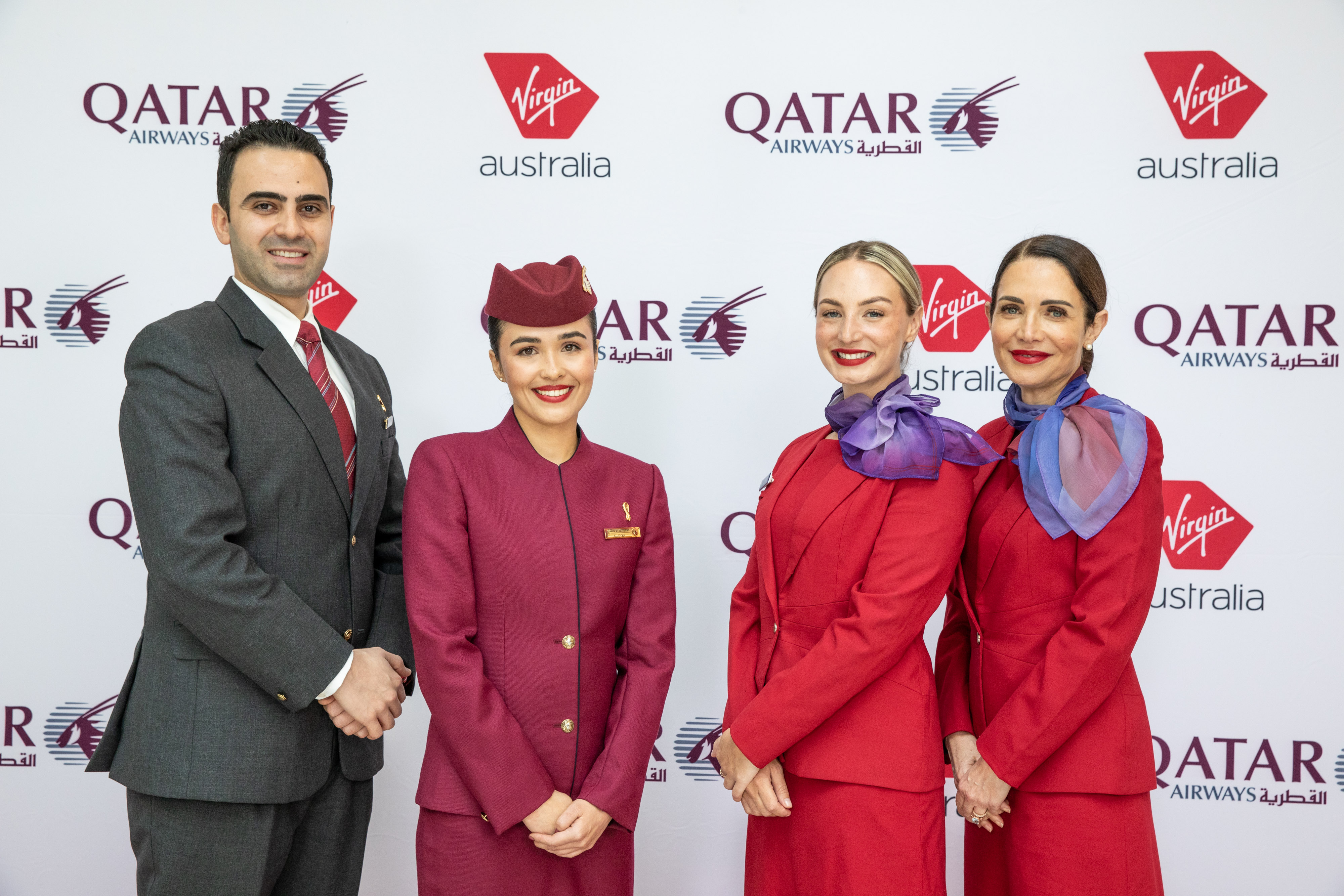SAS Starts New Direction With SkyTeam
30 September, 2024
6 min read

Andreas Spaeth
Airlines in this article
By joining our newsletter, you agree to our Privacy Policy


Airlines in this article
September 17th was the 78th anniversary of SAS starting operations back in 1946. But the event in Copenhagen that day this year was about something even more important: SAS has finally found a new family in the SkyTeam alliance and is now doing a restart, after having recently exited US chapter 11 procedures in a restructured form.
For the first time with SAS, one of the founding members of one of the big three alliances has left its original peers and switched sides. SAS was part of Star Alliance since its launch in May 1997 until August 2024.
Since September it is a member of SkyTeam, and everybody is visibly proud. The one who summed it up best was Juha Järvinen, having worked at Finnair and now being CCO of Virgin Atlantic, which was the latest entry into SkyTeam before the Scandinavians.
Speaking for the alliance he said: “We’ve been dating SAS for ten years, but the best brides are hard to get, and we are not the youngest kid on the block anymore. Welcome SAS to the club!”
SAS was able to go through the entire and highly complex joining process in less than nine months. “Usually, a new entry takes 18 to 24 months, a new member joining happening so quickly is something I never saw before,” said an impressed SkyTeam CEO Patrick Roux, stating “having SAS among our partners is a milestone.”
Paul Verhagen, CCO of SAS, was equally upbeat: “SkyTeam and SAS networks are highly complimentary, what we look at other than size is the depth of the network, we need to be as integrated as possible,” he explained.

It is tangible that the long and arduous downward spiral at SAS has been reversed and suddenly, the once iconic airline has been rejuvenated, feeling appreciated and valued, for a change.
A long-discussed possible takeover of SAS by Lufthansa never materialized and now Air France-KLM purchased 19.9% of SAS, taking over a majority after two years at the earliest is in the pipeline.
“It makes a lot of sense to align our future to Air France-KLM as new equity partners, and it was a decision of Lufthansa to not participate in that,” said SAS’ CEO Anko van der Werff in talking to Airlineratings in Copenhagen.
“The core of SkyTeam airlines is a group of carriers that has a joint venture,” said van der Werff, meaning they are approved by authorities for a far-reaching collaboration.“
Ben Smith, CEO of Air France-KLM has said he wants to see SAS in that joint venture, which never happened in Star,” asserted the SAS boss. “When it doesn’t happen for over 25 years, at some point you have to start thinking why.”
And he knows full well that the denial of this long-standing ambition has hindered the development of the airline. “That has held us back and has not helped us over the years, and so we’ve been very vocal that we would like to be part of the joint venture in SkyTeam.” The core transatlantic joint venture at SkyTeam so far includes Air France-KLM, Delta and Virgin Atlantic, whereas at Star, five airline brands of the Lufthansa group are part of it as well as Air Canada and United.
“I have worked in many joint ventures over the years and it’s something really good for the customer, because you can offer something seamless between airlines,” said the Dutch CEO, who took office in July 2021. He witnessed this first-hand during the partnership of KLM with the then Northwest Airlines from the US.
“I grew up in KLM, which was blue, and our partner Northwest Airlines was red, and we were trained to think purple. And that is just a different mindset.” But until authorities in the US and Europe could grant antitrust immunity to SAS, enabling it to become part of the joint venture and collaborate even on pricing and capacity, it might take two years, according to van der Werff.
But sleeves are up and everything is done now to already bring the Scandinavians as close to SkyTeam as legally possible. “We started to fly from Copenhagen to Delta’s hub in Atlanta, from May 2025 we will connect our hub to Seattle for the first time since 2009, another important Delta base,” said the CEO of SAS.
“In New York we increase service to JFK, another Delta hub, besides flying to Newark. Next summer we’ll have a direct service from Oslo to JFK with the Airbus A321LR, complementing the existing A330 service from Oslo to Newark.” An important element is the announcement that from next summer, SAS will again offer a true Business Class within Europe with wider seats in a separate cabin, getting closer to the alliance standard in SkyTeam.
With Sweden out as a co-owner and Denmark now holding almost 26%, it doesn’t come as a surprise that the focus is now even more on Copenhagen as the most important SAS hub.
About two thirds of the roughly 700 flights in total are touching the main base, so far flying 105 routes from Kastrup airport, which will see an increase by 15 mostly European destinations by next summer. Stockholm has 120 flights daily serving 70 cities, while in Oslo, SAS’s offering comprises of 125 departures to 60 destinations.
The dominance of Copenhagen becomes clear when looking at the long-haul network, with Stockholm having one sole non-stop flight to Newark, and Oslo soon adding to JFK to its existing Newark offering. All other SAS intercontinental flights depart from Copenhagen to nine destinations (plus two seasonal ones) in North America alone next summer. The closure of Russian airspace and the new ties to Delta are the reasons for shifting a clear focus on transatlantic flights. The Asia network has shrunk massively with just Shanghai and Tokyo remaining, plus Bangkok as a seasonal service.
SAS still hasn’t reached the passenger numbers of pre-pandemic times again, both in 2017 and 2018 the Scandinavians flew 30.1 million passengers each year. Due to the pandemic, restructuring and the closure of Russian airspace the size of what now has become an all-Airbus fleet has shrunk considerably.
While the SAS big-jet mainline (not counting regional subsidiaries and partners) still operated 126 aircraft at the end of 2019, only 70 were in service recently. Currently four A350s are flying, but SAS plans to grow: “We will add another three A350s to the fleet in the next 15 months, but will still have a mix of A330s and A350s on long-haul going forward,” said the CEO.
“We are currently doing a request for proposal (RFP) for mid-size aircraft, maybe A220s or Embraer E2s, we are doing the assessments of whether that is something we should choose,” disclosed the CEO during the interview.
Airlines in this article
Get the latest news and updates straight to your inbox
No spam, no hassle, no fuss, just airline news direct to you.
By joining our newsletter, you agree to our Privacy Policy
Find us on social media
Comments
No comments yet, be the first to write one.

